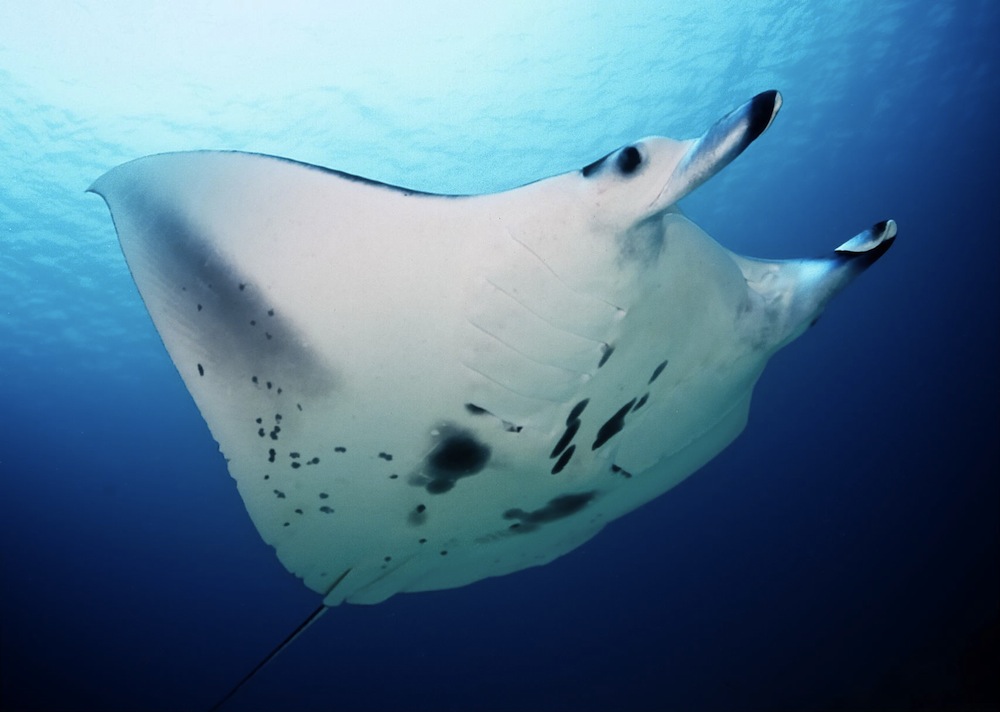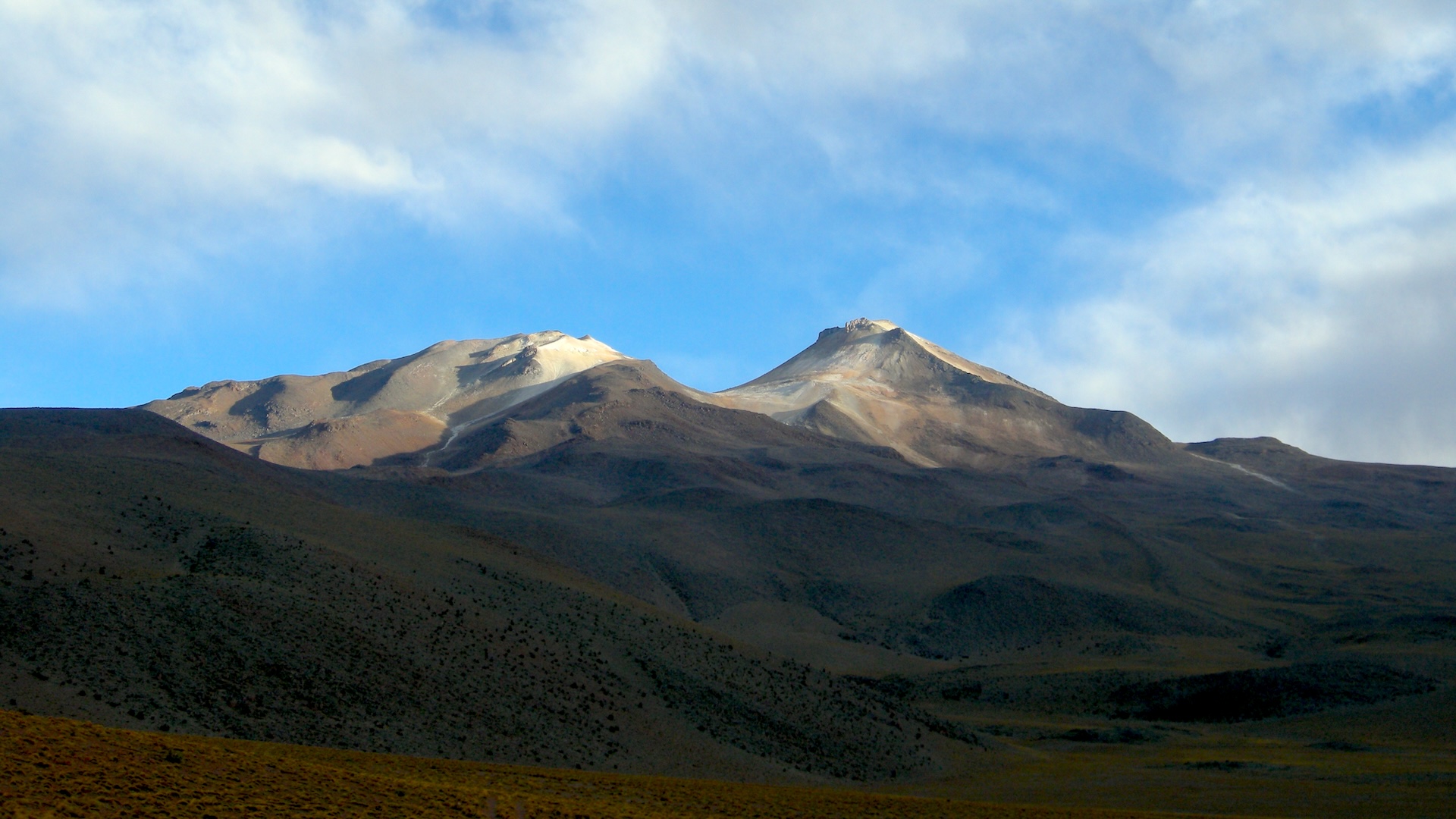Secret Lives of Manta Rays Revealed

The daily routines of manta rays in the Great Barrier Reef of Australia have been exposed in a new study that reveals when these graceful fish eat, cruise and visit "cleaning stations" where smaller fish nibble off their dead skin and parasites.
The study focused on Lady Elliot Island, a small land mass in the Reef. Manta rays (Manta alfredi) congregate here year-round, but are more common in autumn and winter, the researchers report today (Oct. 3) in the journal PLoS ONE.
Using three years of observations, some by "citizen scientists" — local scuba divers and boat captains who volunteered to record manta ray sightings — researchers from the University of Queensland charted how ocean conditions influence where manta rays gather and what they do. They found that more manta rays cluster around the island when wind speeds are lower and when the moon is new or full.
Manta rays also commute to key locations for certain activities, the researchers found. Five of the seven ocean sites surveyed were used predominately for foraging. There, manta rays were most often seen swimming against the current, mouths open, filtering plankton from the water.
At the two remaining sites, manta rays were seen foraging but also engaged in the fishy equivalent of a car wash. During this behavior, rays were seen hovering over coral, staying relatively stationary as small "cleaner fish" picked parasites and skin detritus off of their bodies.
The research could be helpful in understanding why far-travelling manta rays go where they go, according to the researchers.
Follow Stephanie Pappas on Twitter @sipappas or LiveScience @livescience. We're also on Facebook & Google+.
Sign up for the Live Science daily newsletter now
Get the world’s most fascinating discoveries delivered straight to your inbox.

Stephanie Pappas is a contributing writer for Live Science, covering topics ranging from geoscience to archaeology to the human brain and behavior. She was previously a senior writer for Live Science but is now a freelancer based in Denver, Colorado, and regularly contributes to Scientific American and The Monitor, the monthly magazine of the American Psychological Association. Stephanie received a bachelor's degree in psychology from the University of South Carolina and a graduate certificate in science communication from the University of California, Santa Cruz.









